
13th edition of Refashion Innovation Challenge
Refashion's Innovation Challenge is back for its 13th edition! Find out more about the call for R&D projects and how to apply!

Refashion's Innovation Challenge is back for its 13th edition! Find out more about the call for R&D projects and how to apply!
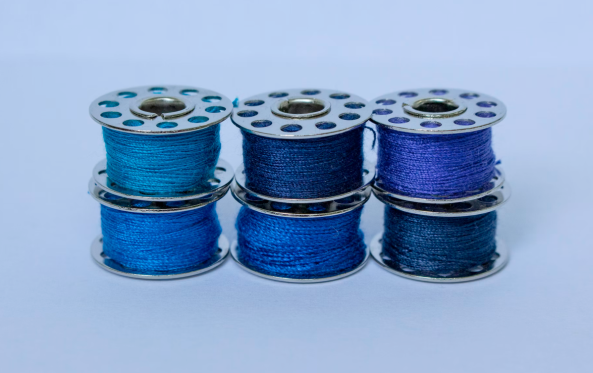
Pour la 2ème édition de son appel à projets annuel dédié au réemploi, Refashion soutient 35 projets en France métropolitaine et à La Réunion.|Pour la 2ème édition de son appel à projets annuel dédié au réemploi, Refashion soutient 35 projets en France métropolitaine et à La Réunion.
"Failing to have found a used plastic bottle supply chain that suited us, we created it"
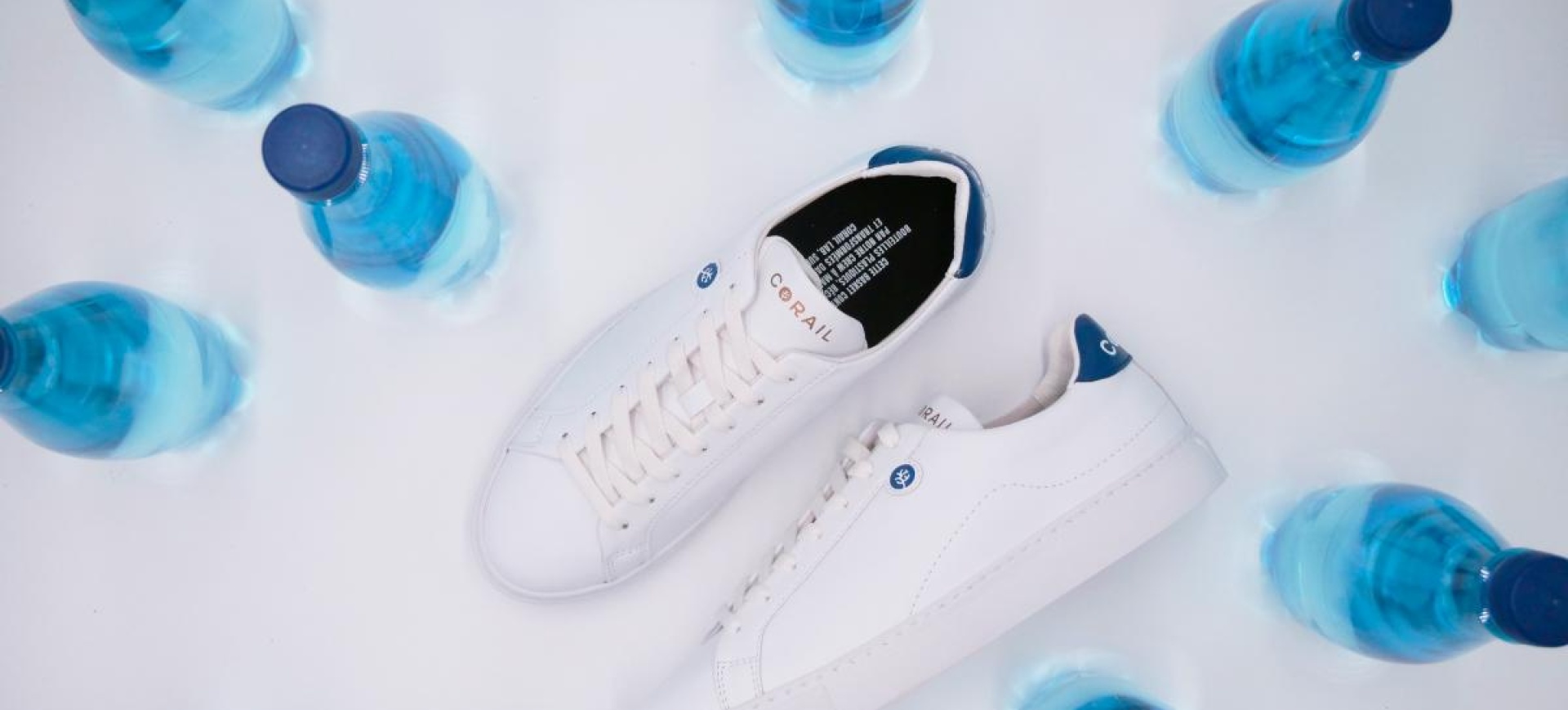
We had the brainwave in the summer of 2018 in Marseilles. We saw the quantity of plastic waste in the sea with our own eyes. We knew that there were numerous possibilities for reusing plastic, especially PET (polyethylene terephtalate). Trainers seemed to us to be the ideal outlet for PET recycling (8 x 50 cl bottles are needed to make one pair).This is a product that has a large audience and that appealed to us.
Recycled PET has the same properties as virgin raw PET. It may be transformed and recovered in various forms, from fabric to imitation leather.
It was important for us to know exactly where the plastic bottles came from, to have an influence on this polluting material that can be seen daily. We therefore decided not to use PET that had already been recycled. Failing to have found a used plastic bottle supply chain that suited us, we created it with the help and support of the Marseilles Fisheries Committee. 10 Fishermen from the port collect plastic for us from the Mediterranean by dragging our inflatable trawling net, fitted with large mesh-size nets, behind their boats. They know the zones, the currents and where to find the waste.
. Once back in port, they hand-sort it. Transparent PET bottles which will be transformed into textiles go to one side and on the other, all the rest: Bottles in polyurethane, in polypropylene, coloured plastics, caps and labels... all this will be used to make soles. Everything is shredded separately into flakes at the same site, as we bought two shredders (in one week 500 kg of plastic can be shredded).
We send all the mixed plastic coloured flakes to our supplier in Portugal who adds it to recycled polyurethane to make the soles. Flakes that are 100% PET are kept for making polyester thread. This is knitted in the Rhone-Alps region, into a fairly dense mesh. The knit obtained is then covered with a water-based patina. This technique gives its surface a leather-look, typical of the Marseilles 21.
Dyeing is carried out in France and manual assembly in a crafts workshop in Portugal. Our laces are made in France using plastic bottles that come from the Savoie region. Everything is ECOCERT and GRS (Global Recycled Standard) certified and what isn’t used is sent to a sorting centre in the region.

In regards to the environmental impact in its broadest sense, it is measured by the volumes of plastic that are extracted from the sea, but we haven’t yet calculated the impact in terms of CO2 due to lack of time and human resources.
It is important for us that the trainer is liked for what it is, and not only for its environmental properties. Because the most environmentally-friendly pair is one that you can keep forever; you’ve done good deed by buying them, but they will stay in the cupboard.
With this in mind, we made sure that the Marseille 21 was as comfortable and as breathable as a pair of trainers made from real leather, and robust. Therefore the sole is both sewn and glued (using solvent-free glue). We’ve had thirty prototypes and carried out numerous durability and stability tests.
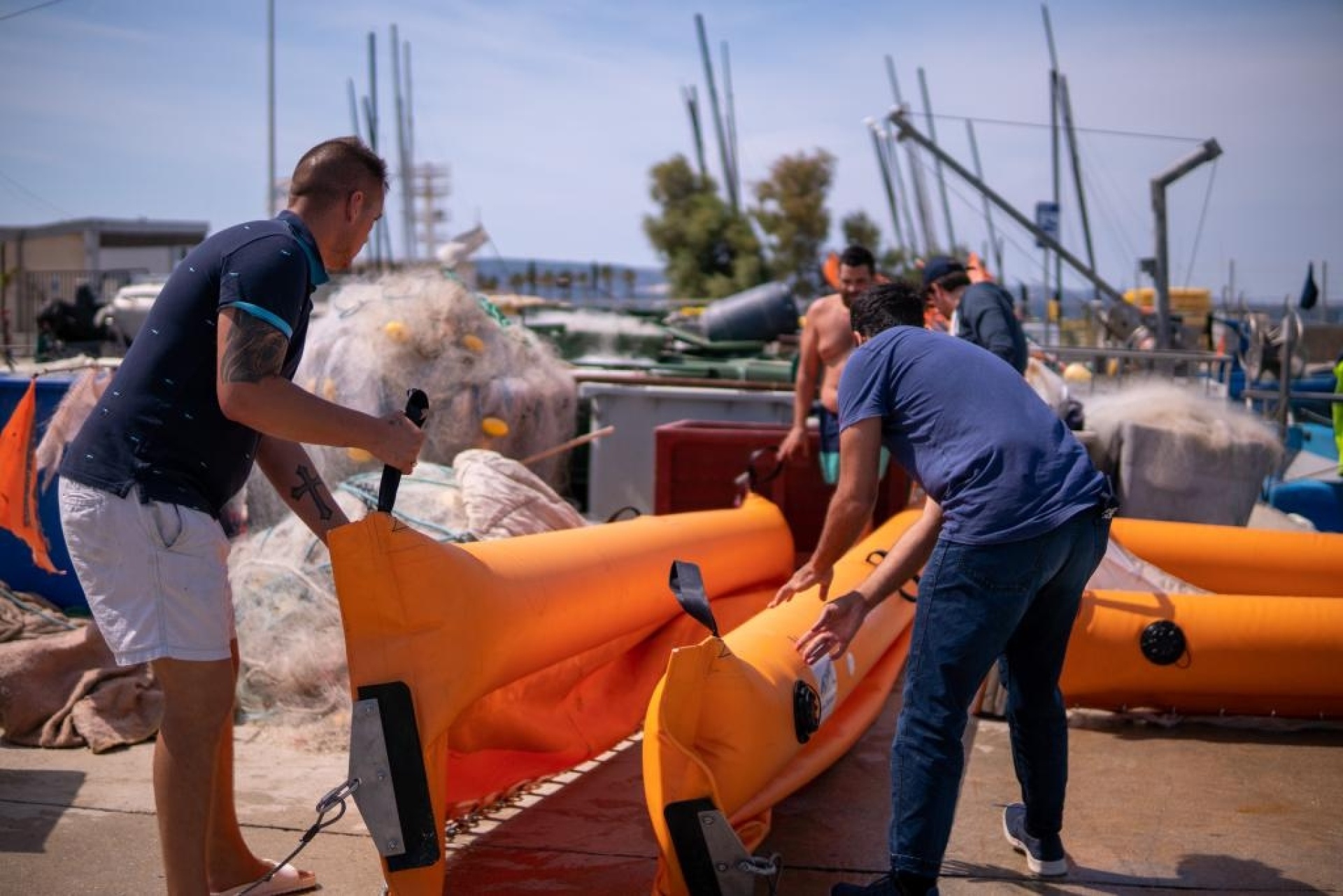
Today PET is recycled well. But we’d like to know how to recover and transform all the rest of the waste and materials that are brought back in the fishing nets, and that are stored at the port.
We have a partnership with the Gébetex sorting factory in Normandy. It recovers and crushes the trainers that its clients send into powder. This powder is then used to make building materials. Ultimately, we would like the used trainers to be reintegrated into a trainer production chain. This is one of the open avenues that we are exploring.
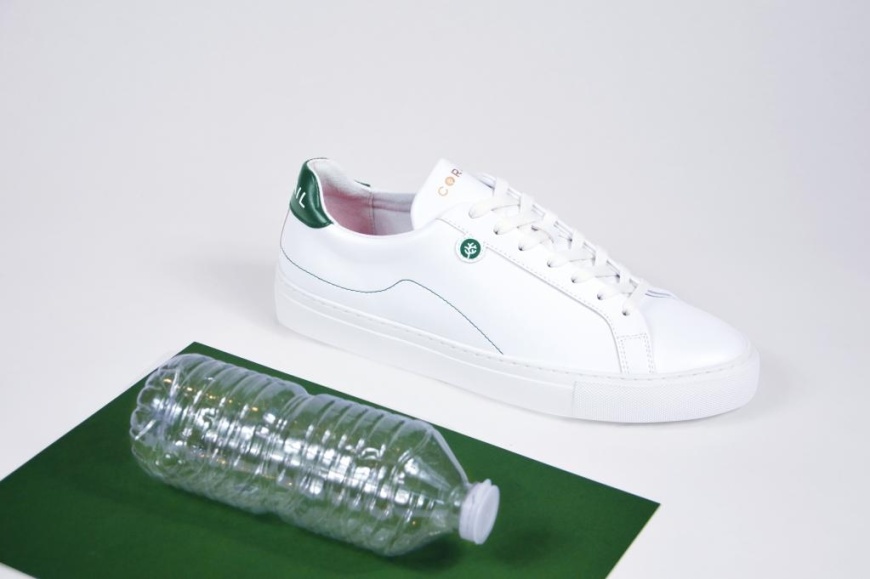
We started to communicate on the project by posting on LinkedIn, which worked well: 3 million views and 65,000 likes for a simple sketch. This bolstered our view that the general public needed transparency especially on where the PET to be recycled comes from and how it is recovered. Our process and its traceability made the “recycled” concept less vague and more tangible.
In one hour, we sold 400 pairs on Ulule and 2,883 pairs in total. We also received a few awards from institutions. Our score today from customer feedback is 4.7/5. It is important for us to know that they’re not only attracted by the project but also by the trainer itself. Client feedback drives the design of new models. The leather aspect was for example a customer request. We’re very attentive to customer feedback.
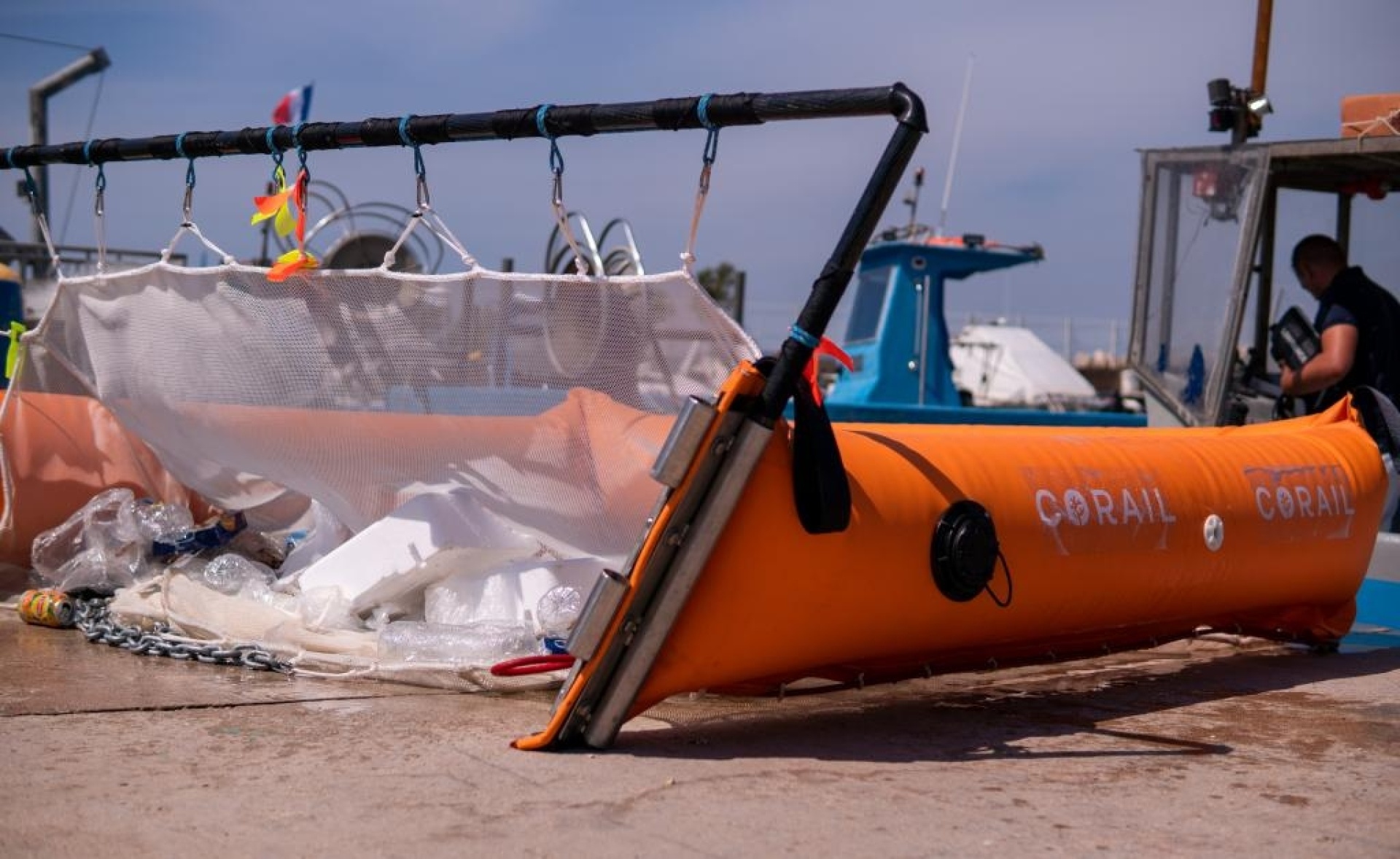
We’re going to launch other products, starting with backpacks which will enable us to offer more outlets for the plastics that we collect and for more recovered bottles to be used. 22 x 50cl bottles are needed to make a backpack. We’re also going to try to have a more identity-giving design and hope, thereby, to reach out to as wide an audience as possible. Lastly, we want to continue to develop our port activity and why not do this by integrating our own spinning operation?
Thank you Alexis TROCCAZ, Cofounder of Corail.